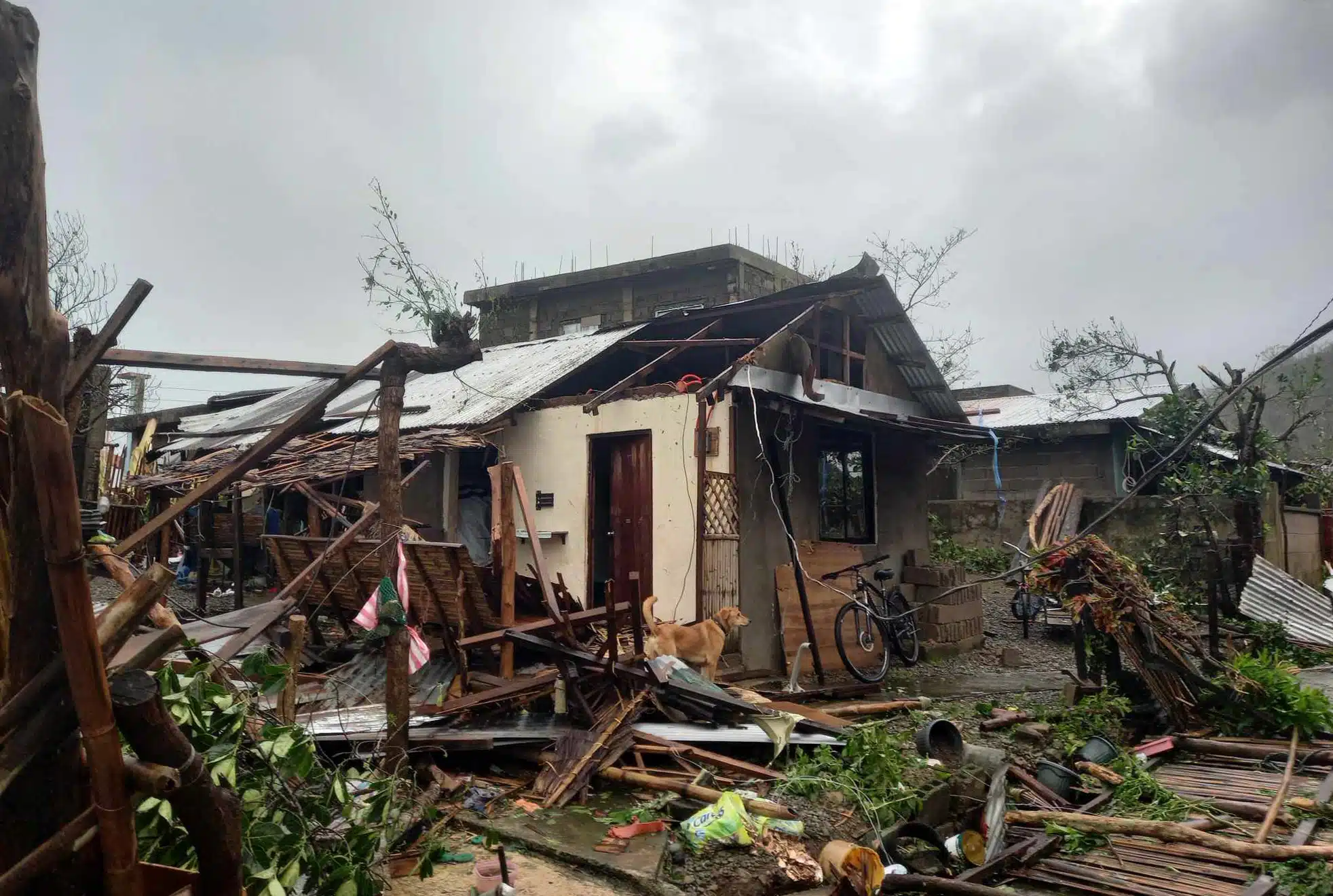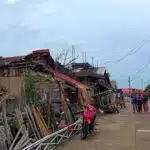Media Centre - 19 November 2024
Plan International responds to the aftermath of Super Typhoon Man-Yi in the Philippines

Plan International is providing critical assistance to communities impacted by Super Typhoon Man-Yi, known locally as Pepito, the sixth major storm to hit the Philippines in less than a month.
The non-governmental organisation has prepared water, hygiene kits and menstrual hygiene management kits ready for distribution to meet the immediate needs of displaced families. Disaster response centres have also been activated in the severely impacted areas of Catanduanes in Luzon and Eastern Samar in Visayas.
Initial reports from Catanduanes already indicate severe damage to infrastructure, homes, and livelihoods brought by powerful winds and intense rains. Reports say more than one million people were affected by the super typhoon and two previous storms.
“The repeated onslaught of typhoons and violent weather events has exacerbated the challenges faced by already at-risk communities. Our emergency response teams are on high alert and focused on delivering lifesaving aid and support to those in need,” said Ana Maria Locsin, Executive Director of Plan International Philippines.
As the organisation provides emergency relief, it remains focused on the needs of children, particularly girls, who face heightened risks during and after disasters.
“These typhoons not only cause immediate harm but also disrupt access to essential services like education, healthcare, and shelter,” said Ana Maria Locsin.
“Girls, in particular, are at greater risk of gender-based violence, trafficking, and exploitation in the wake of these devastating calamities. The lack of access to necessities and safe sanitation facilities also poses a health threat. This is why we’re prioritising their needs in recovery efforts and ensuring their protection and well-being,” she added.
Super Typhoon Man-Yi had maximum sustained winds of 185 kilometres per hour (km/h) near the centre, and gusts of up to 230 km/h, left widespread destruction across typhoon-prone regions and low-lying coastal communities in the country.
According to the Philippine Atmospheric, Geophysical and Astronomical Services Administration (PAG-ASA), Man-Yi is expected to exit the Philippine Area of Responsibility (PAR) by today, 18 November, with the storm weakening as it moves out of the Luzon landmass. However, the full extent of its impact will continue to unfold in the coming days.
In response, Plan International Philippines has mobilised a Rapid Needs Assessment (RNA) team to the island province and is coordinating with local government units, national government agencies, UN agencies, and other development partners to facilitate anticipatory actions and ensure readiness for continued response efforts and humanitarian interventions.
The latest situational report from the National Disaster Risk Reduction and Management Council (NDRRMC) states that the effects of the past tropical cyclones Toraji (Nika), Usagi (Ofel), and now Man-Yi (Pepito) have forced 685,071 individuals to flee their homes. Of these, 446,177 are staying in evacuation centres, while 238,894 have been forced to seek temporary shelter elsewhere.
The cyclones also affected 1,145,942 individuals, or 295,576 families, in the Ilocos Region, Cagayan Valley, Central Luzon, MIMAROPA (Southwestern Tagalog Region), Bicol Region, and the Cordillera Administrative Region (CAR).
Additionally, the combined impact of these tropical cyclones caused $8 million USD in damage to infrastructure and $146,515 USD in damage to agriculture.
Media contacts


